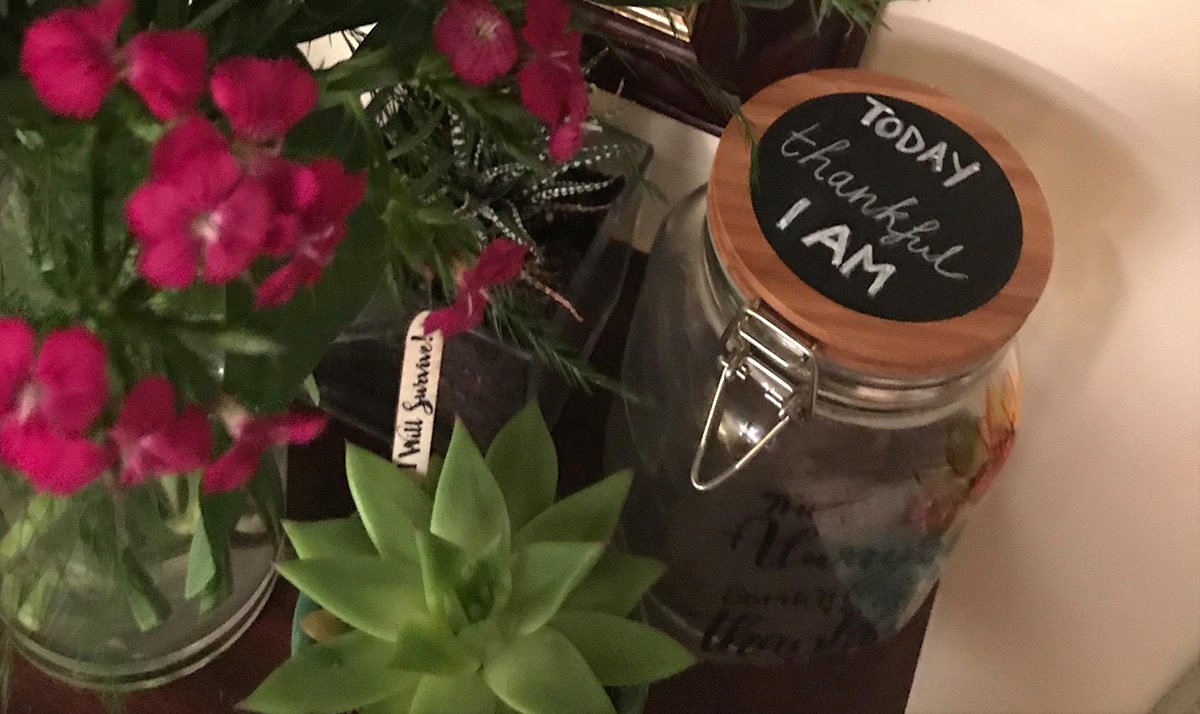Teaching your kids to be thankful for what they have in their lives.
Whether you are a toddler, preschooler, teenager, millennial, or even an adult, it is easy to take for granted what we have in our lives. It’s an important lesson for children to learn and think about in a world where social media instills envy from little squares on a screen.
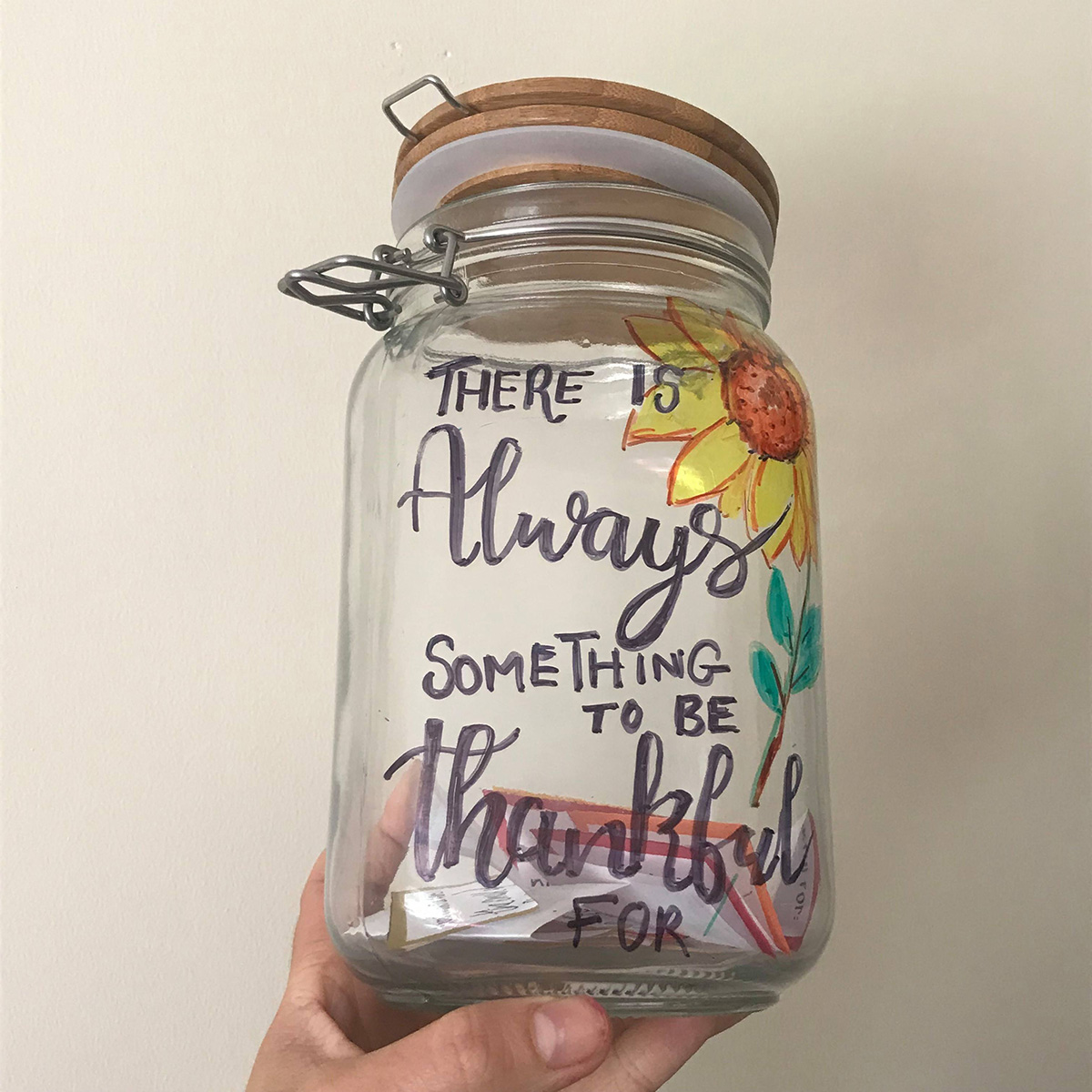
Enter The Thankfulness Jar.
The summer is coming to a close. Rolls of blustery wind taking with it yellow and brown leaves and the last of the warmth of the sun. Soon everyone will be wrapped up in knitwear and proclaiming the ‘hygge’ season. If you live on the Western side of a map then you are likely to celebrate Thanksgiving in one way or another. Though America and Canada both celebrate different things during this holiday, one thing is constant; gratitude and thanks. There is thankfulness of those came before us, thankfulness of what the harvest brings in and for families and friends. It is something we lack across the pond that if we are being honest, may feel actually just a little envious not having an equivalent day.
The Oxford Dictionary states that being ‘thankful’, is being ‘pleased and relieved’. It is a feeling. A warm and pleasing state of mind. Feeling gratitude is an action, like saying, ‘thank you’. It is something we have been conditioned into saying from the moment we learn to talk. It is an automatic response. It is one of the phrases that parents most repeat to their children and as adults, we respond with the two words regularly without even giving them much thought. It’s polite to do after all. But how often do we pause and really think about what we are thankful for? The response of saying those two words is the person actively showing gratitude. It turns out gratitude is actually good for your health and scientists have begun to prove why. On 23 November 2014, an article on forbes.com by Amy Morin, writes about, ‘7 Scientifically Proven Benefits Of Gratitude That Will Motivate You To Give Thanks Year-Round’.
The 7 benefits are the following:
- Gratitude opens the door to more relationships.
- Gratitude improves physical health.
- Gratitude improves psychological health
- Gratitude enhances empathy and reduces aggression.
- Grateful people sleep better.
- Gratitude improves self-esteem.
- Gratitude increases mental strength.
“If you have good thoughts they will shine out of your face like sunbeams and you will always look lovely.”
– Roald Dahl
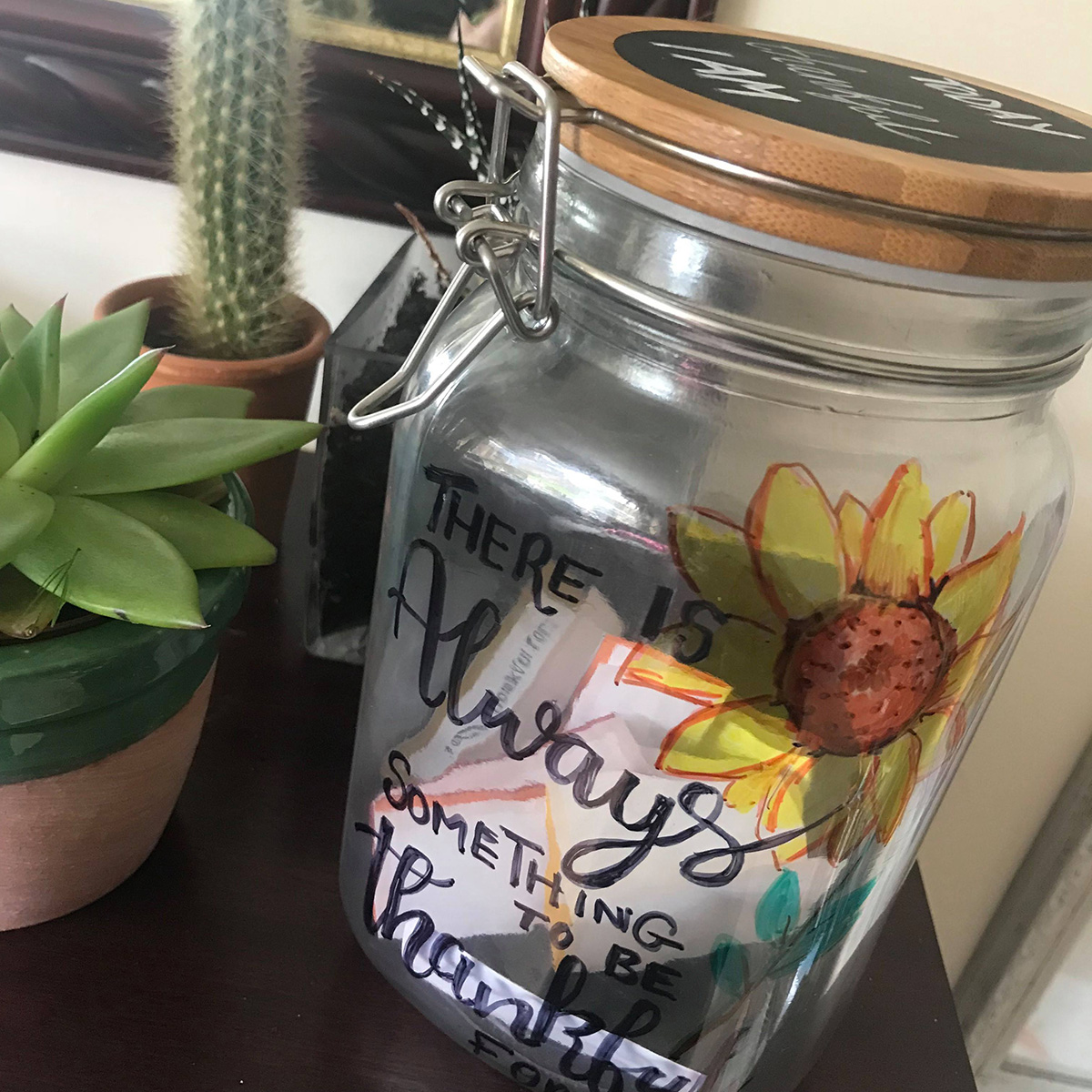
A fun activity to do with your children around or on Thanksgiving is creating a Thankfulness Jar. The idea is simple and can be adapted very easily to suit your own family. You can start it a week before or on the day. On a slip of paper, you write what you are thankful for. If you are doing it for only a short space of time, why not write a slip every day and pop it in the jar. If you are doing a jar for a longer period of time, why not write out a slip at the end of the week. Perhaps make it a family event, where you all take a moment together and sit quietly to write on separate pieces of paper. When the time comes at the end of your Thankfulness Jar stint, open the jar up and pour them all out and read them. See which ones are your favourite or which ones have been said more than once. As a family talk about why being thankful for the life you have, even if it is the small things in your day is so important for you as a person, but also for the people around you.
If you are really up for a challenge, why not start one this Thanksgiving and do it for a whole year? Every couple of weeks write a note out. Then in a years time, when you are sat altogether around the table, pour them all out. Reminisce, laugh, cry and be happy together, because let’s be honest, for some many of us if we have a roof over our heads, a warm bed to sleep in, running water and food in our bellies, we are already more better off then millions of other people in the world.
When you think things are bad,
when you feel sour and blue,
when you start to get mad…
you should do what I do!
Just tell yourself, Duckie,
you’re really quite lucky!
Some people are much more,
oh, ever so much more…
oh, muchly much- much more
unlucky than you!
– Dr. Seuss, Did I Ever Tell You How Lucky You Are? (1973)
What you will need:
- Glass jar with lid
- Slips of paper (printables included but optional)
- Pen
- Sharpies/ Chalk pens/ fabric/ wrapping paper/ ribbon (all optional)
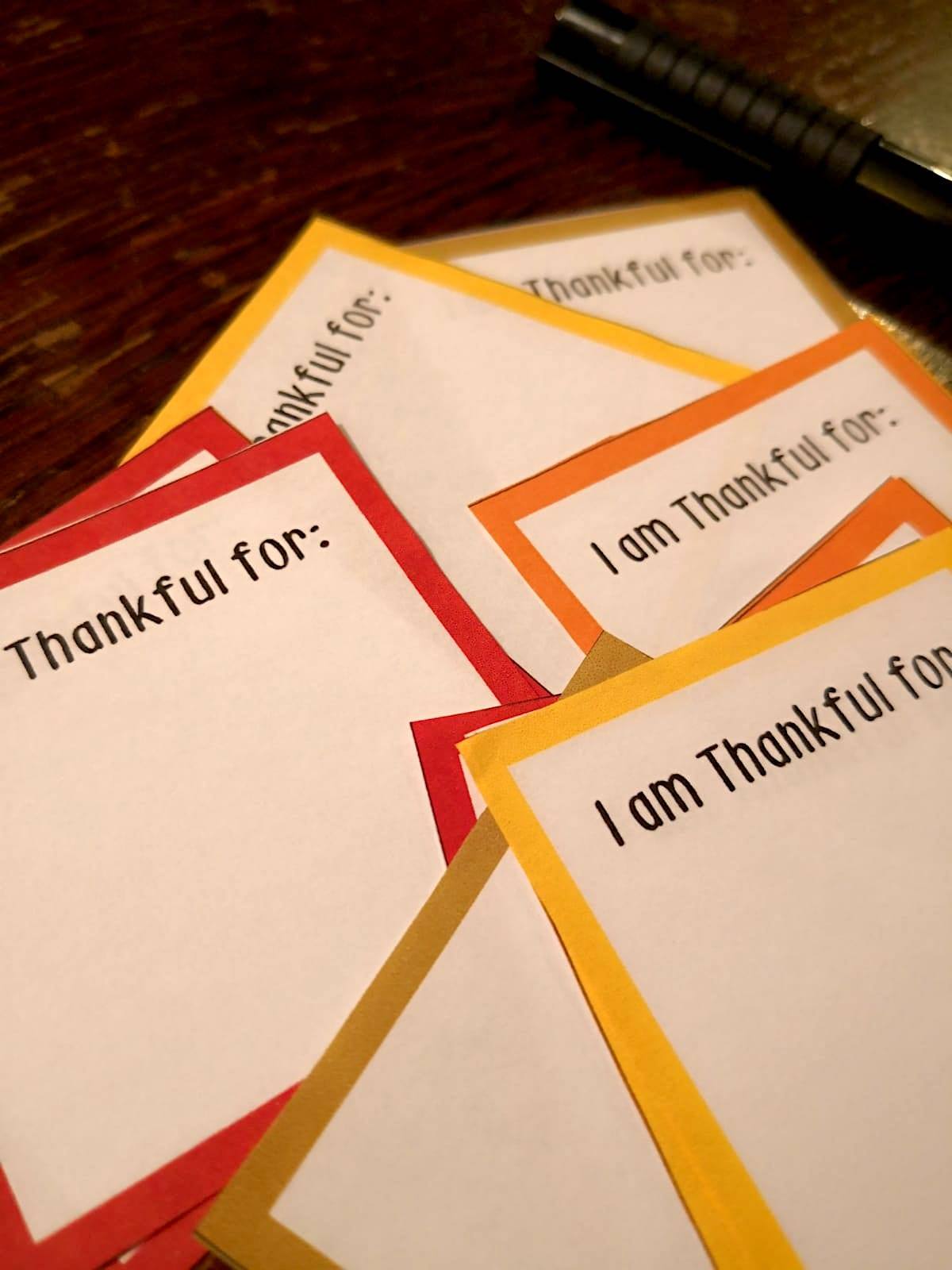
Instructions:
- Decide how long a time period you will be doing your Thankfulness Jar for and how often you will be putting slips of paper into the jar for. Either print out this easy printable to use or create your own slips of paper to use.
- If you want to decorate your jar with your children then do that now. Once complete, place your jar somewhere visible.
- At the time decided in your week, come together as a family to individually write on the slips of paper and then post them into the jar. If you have younger children, talk about what they have done this week to remind them, the little things as well as the big. It might be easier to do one every day with them and then at the end of the week pick their favourite one.
- At the end of your decided Thankfulness Jar time, pour them all out and read them.
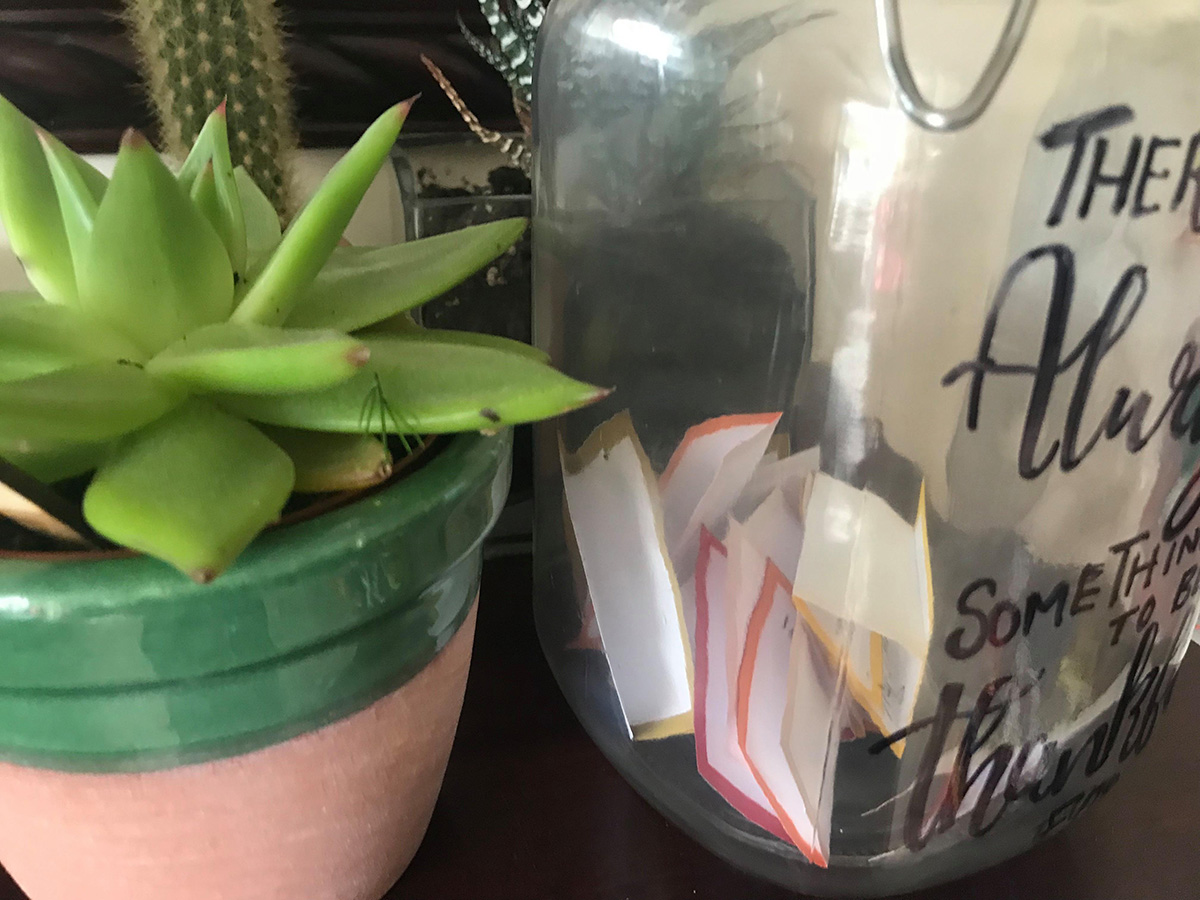
Ideas to decorate your jar:
- Glass pens
- Sharpies
- Fabric and glue
- Glitter glue
- Chalk pens
- Decoupage with wrapping paper and glue
Don’t forget to follow us on Twitter, Instagram, Pinterest, and Facebook!
 Contributor
Contributor
Grace Selous Bull is an arts education author and freelance blogger. Her book, ‘Potty About Pots: arts and crafts for home and school’ is aimed at children from 5-12 years old and takes them through a journey of ceramics through time. She is a full time Mummy of two girls, both of whom love being creative, and is married to her husband, Andrew, who does not.
Original content © 2018 Super Simple. Not to be reprinted without express written permission. Terms of Service.

